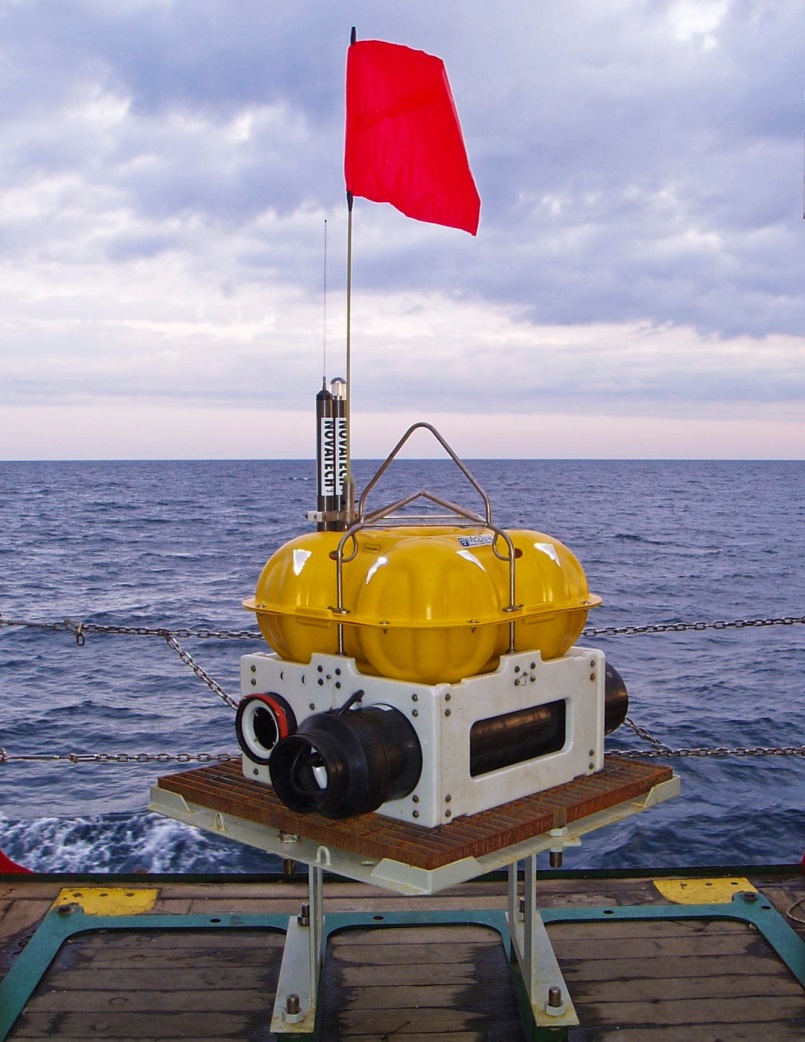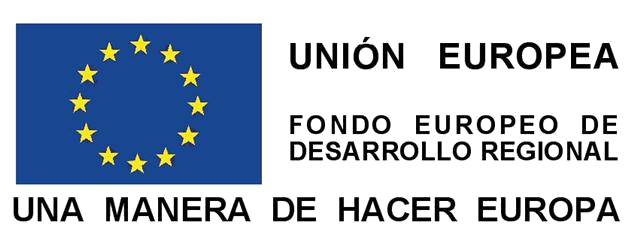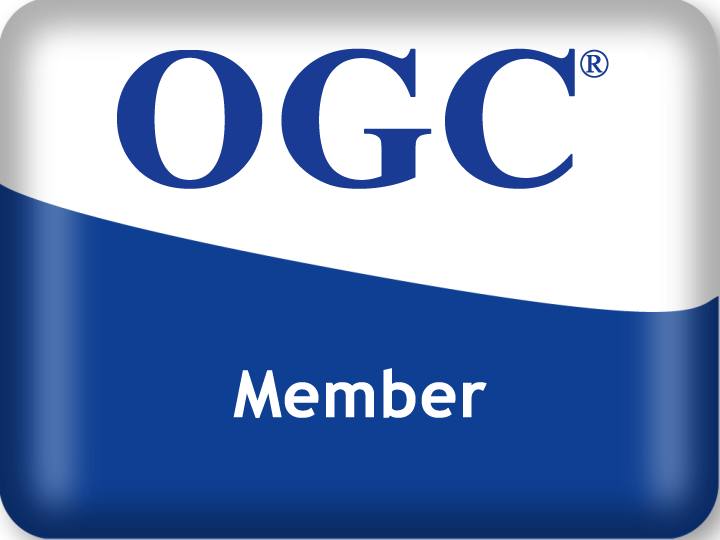|
-The OBS are autonomous equipment that are deployed with an additional weight to reach the bottom of the sea (usually between 1000 and 5000 m). -They deploy like traditional moorings and behave as temporary observers of geophysical parameters (being able to have a range of many months). - They make sensors to capture the pressure waves of the water column (hydrophone) and the sediment (geophone, which is usually in direct contact with the bottom), you can also add other additional sensors. -The data is recorded in self-contained mode, when the experiment ends, an acoustic command is sent to be released. |
 |
-The OBSs are not commercial teams but rather the development of research institutions.
Details of the OBSs LC SP 4 x 4
- Modular instruments based on portable aluminum cylinders
- External geophone on the anchor
- Flaxibility provided by glass spheres and synthetic foam blocks
- Operatives since 2008
- Originally 17 equipments
- Up to now 214 OBSs have deployed in 12 campaigns (4 passive campaigns)
- Dimensions: 914 mm x 660 mm x 965 mm
- Weight including anchor: 125 Kg
- Depth of deployment: 1000-5000 m
- Typical autonomy: From 5 to 6 months
- Internal clock: Seascan TCXO [0.02 - 0.05 ppm]
- A / D converter system: Up to 4 channels, Crystal CS5321 Delta-Sigma (24 bits)
- Sampling frequency: 1 - 4000 samples / s
- torage: 3 CompactFlash cards
- Sensors: Geophone (3 components): Sercel L-28 [4.5 Hz natural frequency; Hydrophone: HighTech HTI-90-U [0.05 - 2500 Hz]
- Release system: BART EdgeTech card and a redundant electrolytic IGPP circuit
- Flotation systems: McLane Research Laboratories G8800 (4 12 "floats) Additional buoyancy: Synthetic Blocks Flotation Technologies
- Location systems: Novatech flashing light, VHF beacon Novatech VHF and flag
- Power (batteries): Acquisition system: lithium (primary cells), Release and localization systems: alkaline (primary cells)








